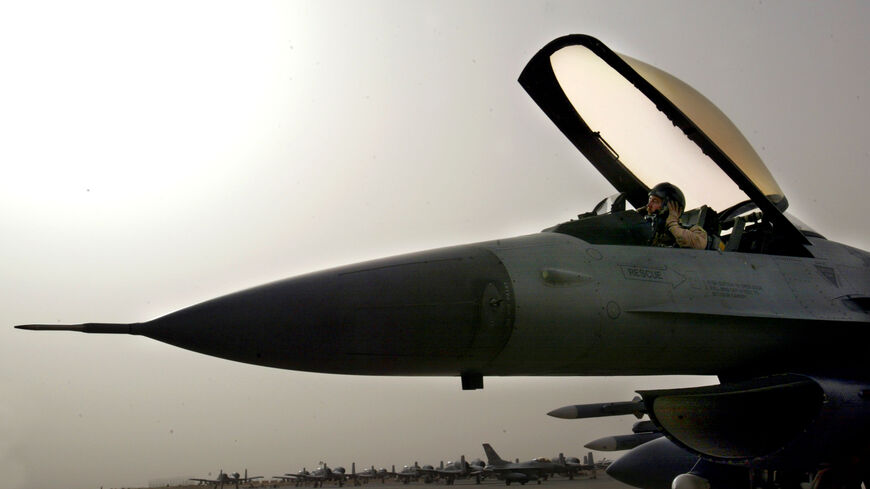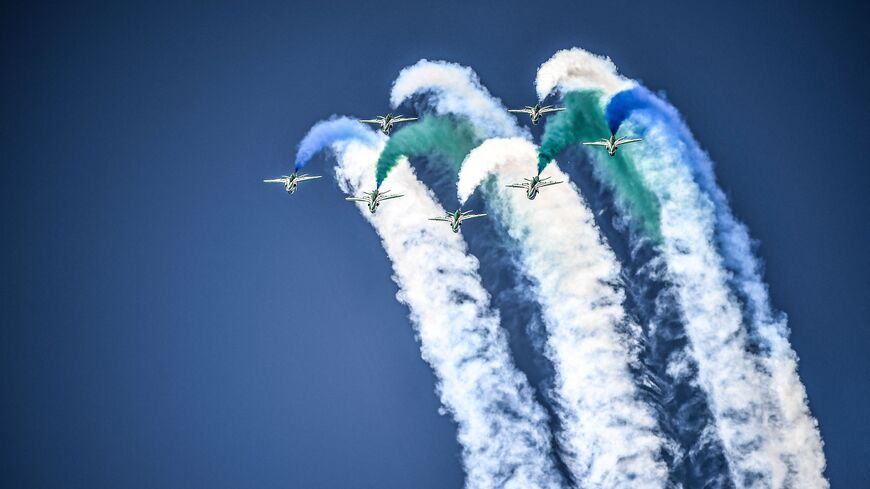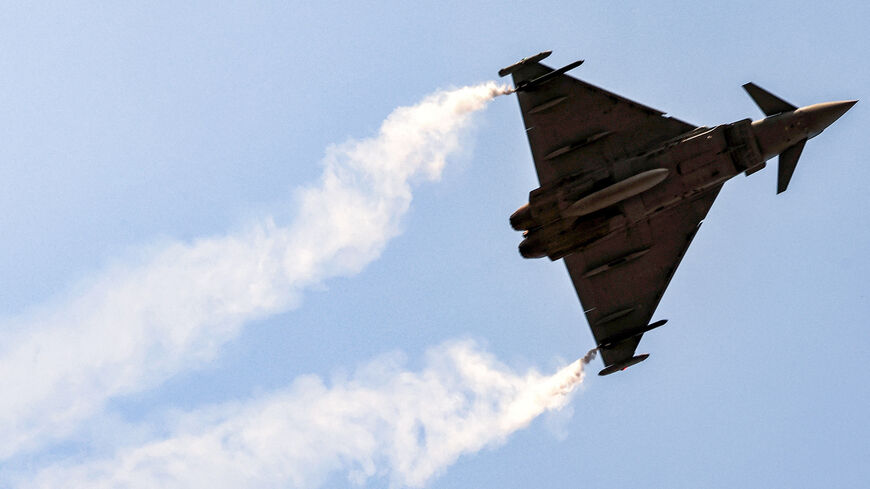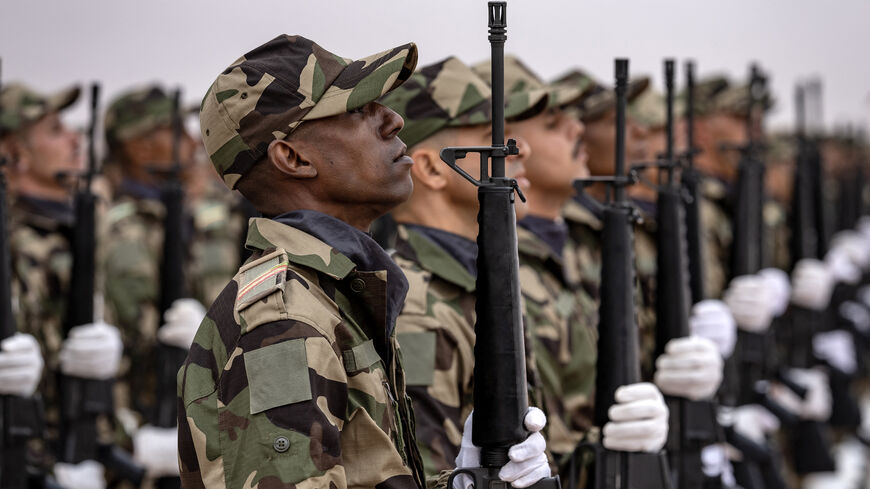Saudi Arabia, Qatar, Egypt among world's top arms importers: SIPRI
Concerns about Iran drove Gulf states’ weapons imports, while imports by Morocco and Algeria fell in the past four years, according to the Stockholm International Peace Research Institute.
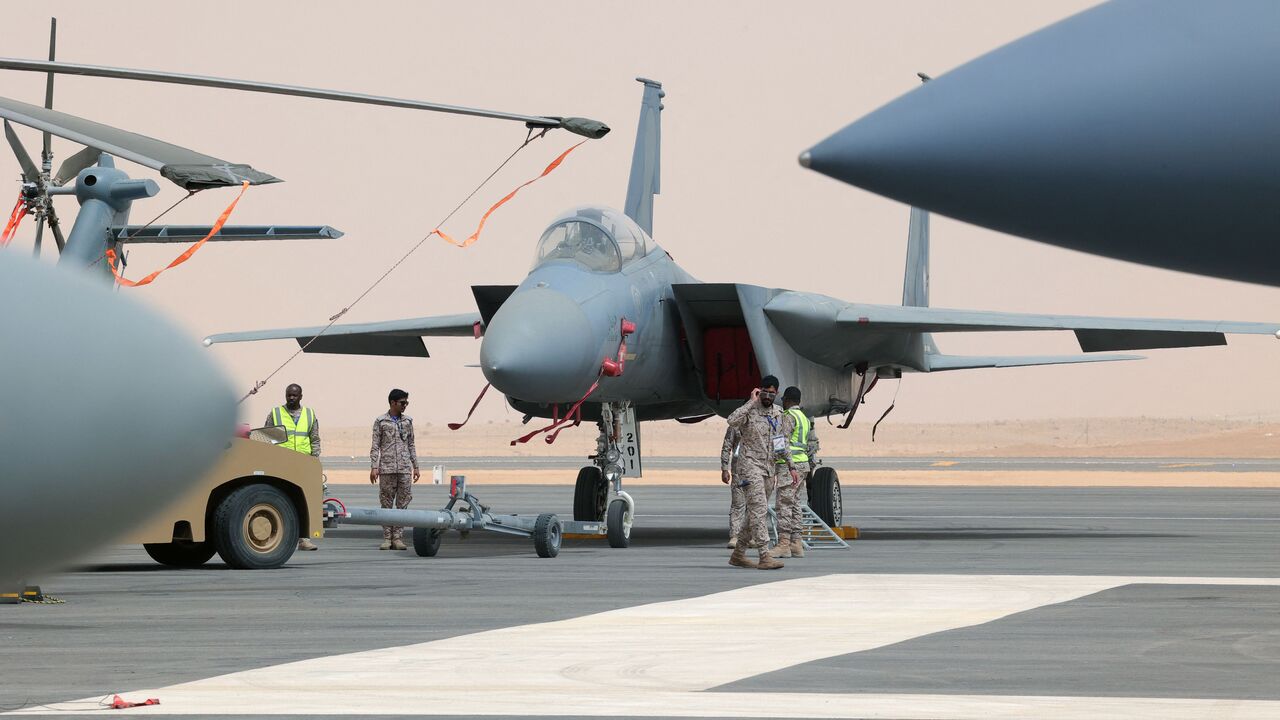
Gulf states and Egypt accounted for more than 25% of global arms sales in the past four years, according to a report released Monday.
The Stockholm International Peace Research Institute's (SIPRI) quadrennial report on international arms transfers details the import and export of weapons around the world between 2019 and 2023.
Gulf among top arms importers
Saudi Arabia was the second-largest arms importer in the world from 2019 to 2023, accounting for 8.4% of imports, while Qatar was third with 7.6%. India was the largest importer with a 9.8% global market share, according to SIPRI’s data.
Saudi arms imports during this four-year period fell 28% in comparison to the period from 2014 to 2018, but the kingdom's imports had reached record levels in those years. Qatar’s arms imports increased a whopping 396% in 2019-2023 when compared to the previous four years. The United States was the largest provider of weapons to both countries, accounting for 75% of Saudi Arabia’s imports and 45% of Qatar’s. France came in second for each country, providing Saudi Arabia with 7.6% of its imports and Qatar with 25%, according to the data.
The US State Department approved a $582 million arms sale to Saudi Arabia in early December. The sale included hardware and software for Saudi Arabia's RE-3A surveillance aircraft. Later that month, the department approved a $1 billion sale of military training programs to the kingdom.
Saudi Arabia is reportedly in talks to buy France's Rafale fighter jets. Last December, France and Saudi Arabia signed a plan for cooperation on military industry. In 2019, Saudi Arabia inked a preliminary deal to build warships in the kingdom with France's Naval Group.
Egypt was the seventh-largest arms importer with 4% of global imports, while Kuwait and the United Arab Emirates were 12th and 14th largest with 2.7% and 2.4%, respectively. Combined, Gulf states and Egypt accounted for 25.8% of global arms imports between 2019 and 2023.
Concerns about Iran and its regional proxies drove weapons sales to the Gulf, according to the institute. “Some states in the Gulf region have imported large volumes of arms to use against the Houthis in Yemen and to counter Iranian influence,” read the report.
Those concerns include Iran’s nuclear program. Last September, Saudi Crown Prince Mohammed bin Salman said the kingdom would develop nuclear weapons if Iran were to do so. The Islamic Republic says its nuclear program is for peaceful purposes.
Gulf states have also expressed concerns about Iran’s ballistic missiles program and support for regional proxies including the Houthi rebels in Yemen and Hezbollah in Lebanon.
Iran-Saudi tensions calmed somewhat following the China-brokered agreement that reestablished relations between the two countries in March 2023. However, the kingdom and the Islamic Republic have made little tangible progress toward resolving their differences, Al-Monitor’s correspondent in Tehran wrote last month.
North African imports fall
Morocco’s arms imports fell 46% between 2019 and 2023 in comparison to the previous four years, while Algeria’s fell 77% in the same time period. The institute did not note any reasons for the decrease, but said the decline in Moroccan and Algerian imports were the primary driver for Africa’s collective major arms imports falling 52%.
Russia was Algeria’s largest supplier, accounting for 48% of the market share, while the United States was Morocco’s largest supplier at 69%.
Morocco is increasingly looking to Turkey for weapons and acquired two armed vehicles from Ankara in January. Morocco had been looking to import more from Israel as well, but ties have become strained over the Gaza war, Francisco Serrano wrote in a memo for Al-Monitor Pro last week.
Morocco’s second- and third-largest arms suppliers between 2019 and 2023 were France with 14% and Israel with 11%, according to SIPRI.
Israel in top 10 exporters
Israel was the only country in the Middle East and North Africa in the top 10 arms exporters, coming in at ninth on the list and accounting for 2.4% of all exports.
Major Israeli defense manufacturers have reportedly delayed more than $1 billion in weapons sales since the start of the Israel-Hamas war in October due to growing domestic need. However, Israeli military exports to India have been unaffected by the downturn.
The United States was the largest exporter with a 42% market share, followed by France and Russia with 11% each and China with 5.8%.
Russia invaded Ukraine in 2022 and the war is ongoing.
SIPRI noted a sharp decline in Russian arms exports between 2019 and 2023. The exports fell 53% in comparison to the previous four years. The decrease is related to a dwindling number of Russian export destinations amid the Ukraine war. Russia exported major arms to 31 states in 2019 but only 12 in 2023, according to the report.
Turkey was the 11th largest arms exporter from 2019 to 2023 with a 1.6% global market share.



